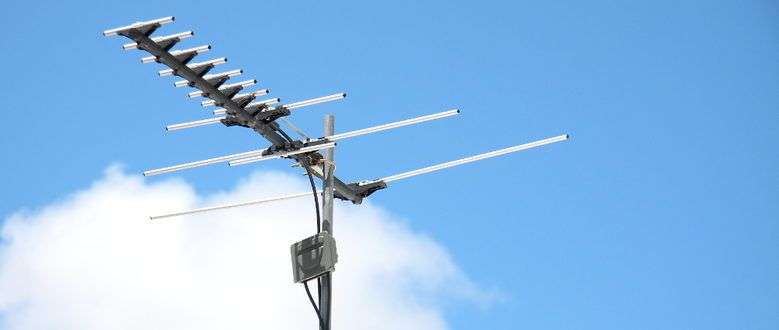
Gap-filler integration for mobile television DVB-H
The standard DVB-H, designed for TV signals transmission to mobile devices, presents technological challenges, different to those associated to conventional Digital Terrestrial Television reception (DVB-T), through roof aerials. This happens because of a higher-power signal need -in order to correct the attenuation occurred on transmission inside buildings- as well as due to the necessity of accessing rather mobile terminals or devices inside buildings.
In general, the use of high-power transmitters might not always be possible to cover an urban area, considering the lack of proper places for transmission near the cities. In this case, the solution consists of complementing the high-power transmitters network with urban gap-fillers, placed on base stations. Other possible approach to this problem (which will be considered in this project) is developing gap-fillers for household use, allowing the final user to manage signal transmission at home. The final goal is to obtain a low-power device, fit to be installed by users.
Objectives
Project
/research/projects/integracion-de-gap-filler-para-television-en-mobilidade-dvb-h
<p>The standard DVB-H, designed for TV signals transmission to mobile devices, presents technological challenges, different to those associated to conventional Digital Terrestrial Television reception (DVB-T), through roof aerials. This happens because of a higher-power signal need -in order to correct the attenuation occurred on transmission inside buildings- as well as due to the necessity of accessing rather mobile terminals or devices inside buildings.</p> <p>In general, the use of high-power transmitters might not always be possible to cover an urban area, considering the lack of proper places for transmission near the cities. In this case, the solution consists of complementing the high-power transmitters network with urban gap-fillers, placed on base stations. Other possible approach to this problem (which will be considered in this project) is developing gap-fillers for household use, allowing the final user to manage signal transmission at home. The final goal is to obtain a low-power device, fit to be installed by users.</p>To study the technical viability of obtaining a low-power device, fit to be installed by users. - Paula López Martínez - Víctor Manuel Brea Sánchez, Diego Cabello Ferrer
projects_en